9 Principles Of Student Engagement In A Virtual Classroom
Principles of student engagement in a virtual classroom include learning spaces, lesson design, and equitable access.
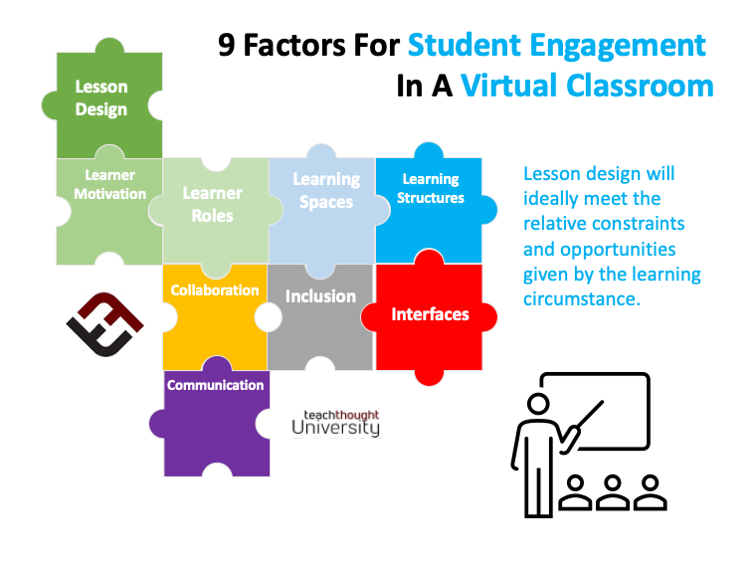
Principles of student engagement in a virtual classroom include learning spaces, lesson design, and equitable access.
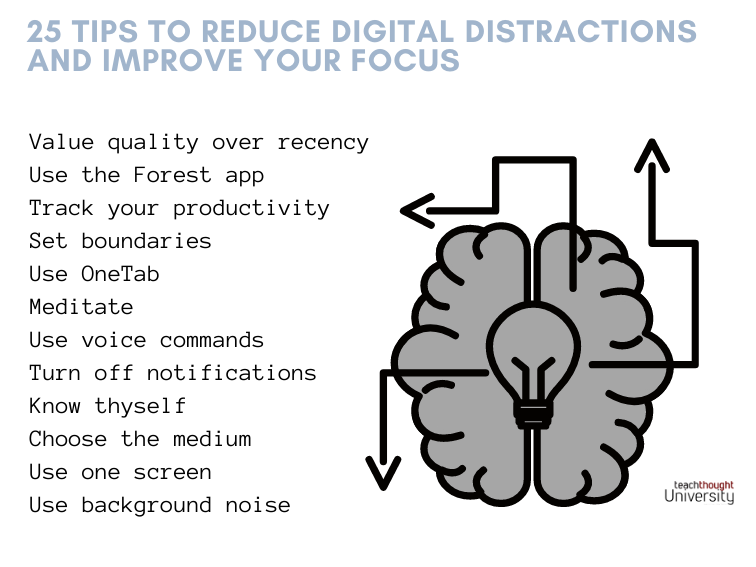
Most of us are constantly being bombarded by digital distractions. The good news is that we can keep them from hindering our concentration.
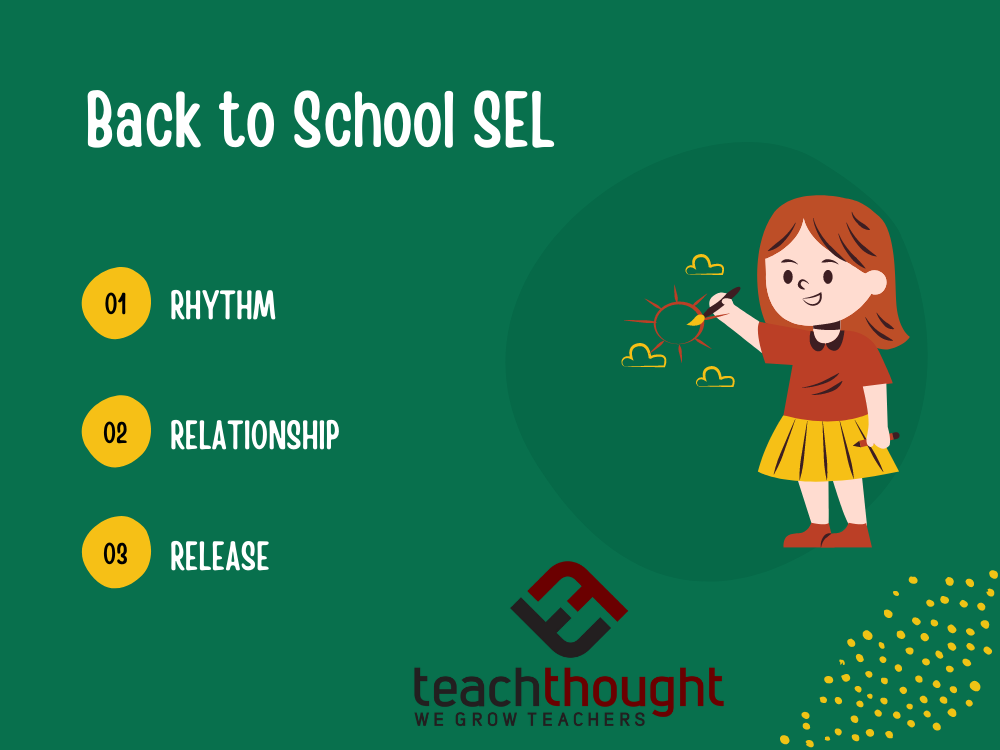
Consistent routines, rituals, and structures help children feel safe. Here are three strategies for promoting back to school SEL.
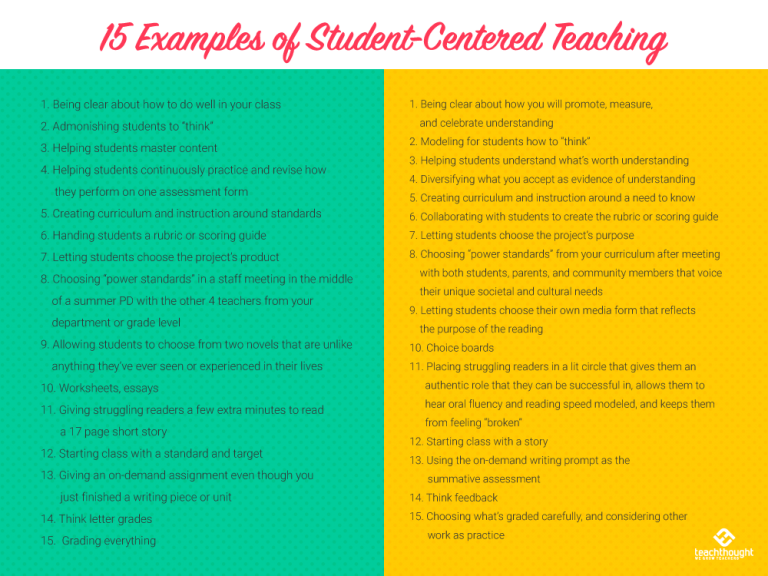
Student-centered teaching is simply the process of teaching with student needs ‘first.’ Here are 15 examples of student-centered teaching.
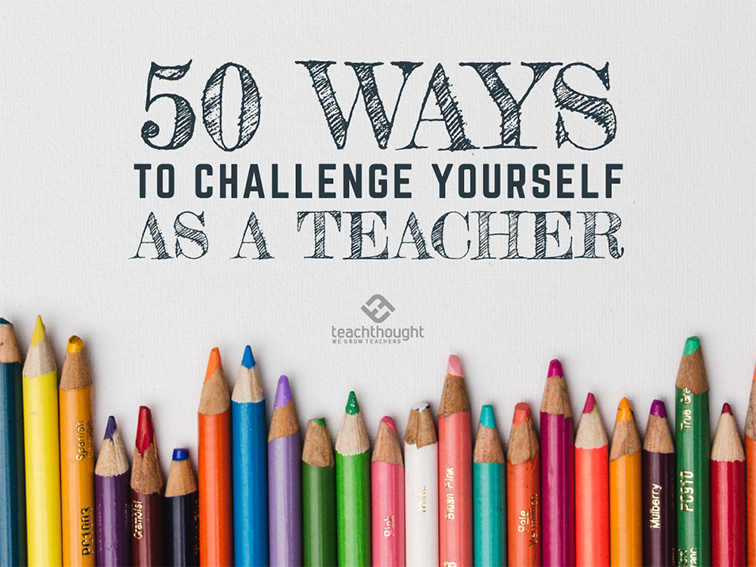
If for some reason you don’t already find teaching challenging enough, here are 50 (more) ways to challenge yourself as a teacher.
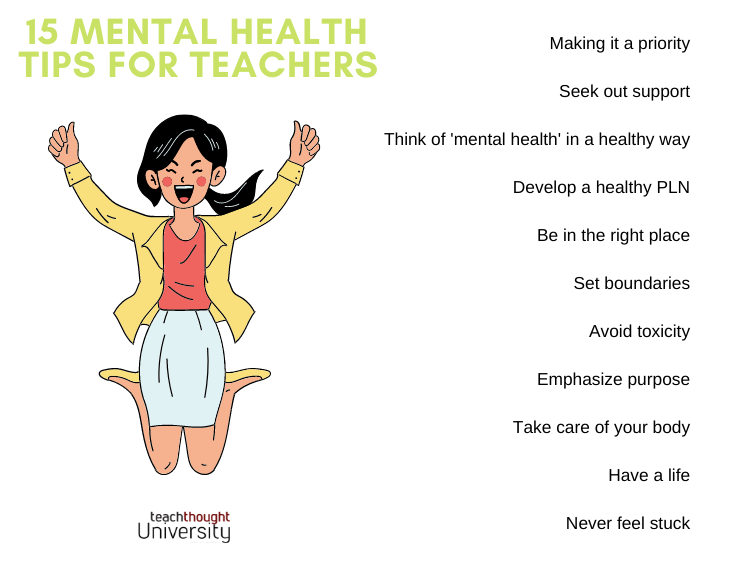
One mental health tip for teachers? As much as possible, set clear boundaries between school and home life.
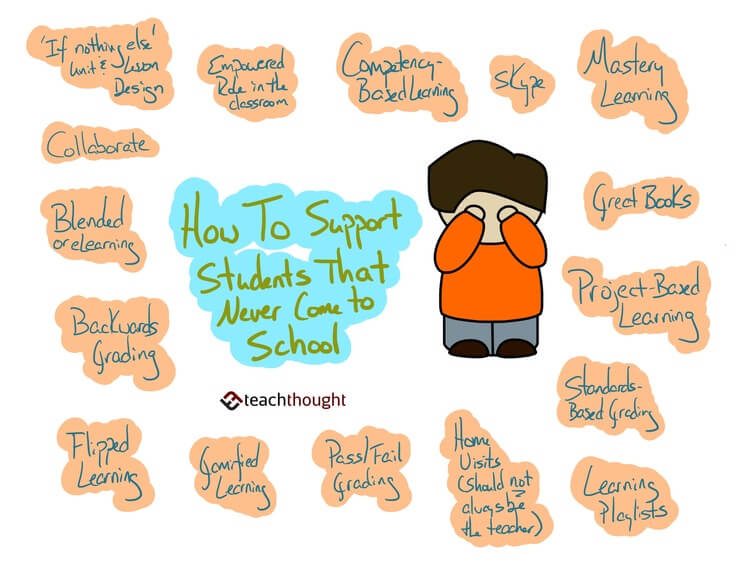
How can you help students who don’t come to school? With a few shifts in thinking, while a challenge, there are ways to help truant students.
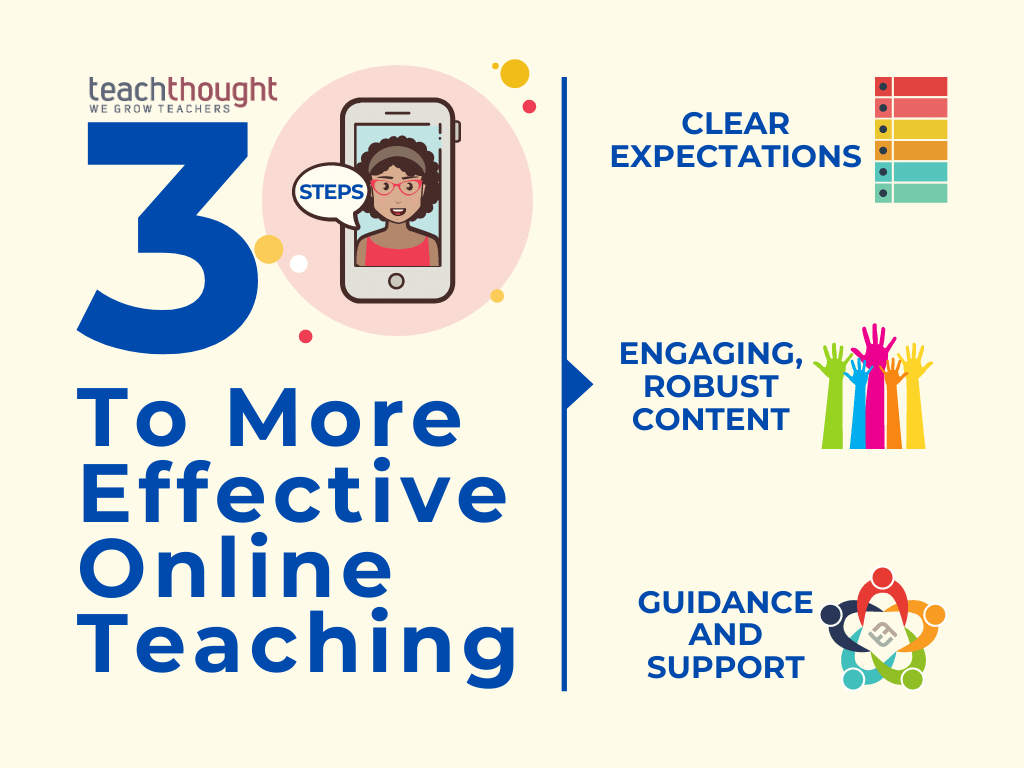
Consider including social-emotional learning strategies in your routines and practices for students for effective online teaching.
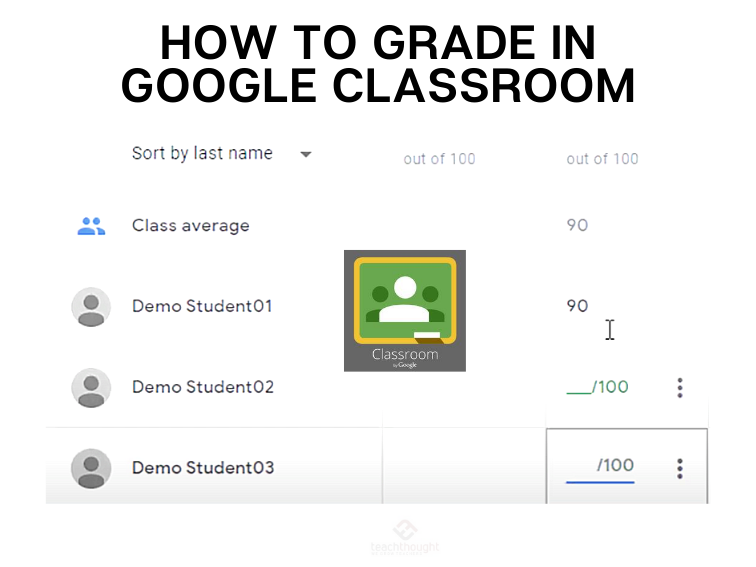
In Google Classroom, you can give a numeric grade, leave comment-only feedback, or do both. You can also return assignments without grades.
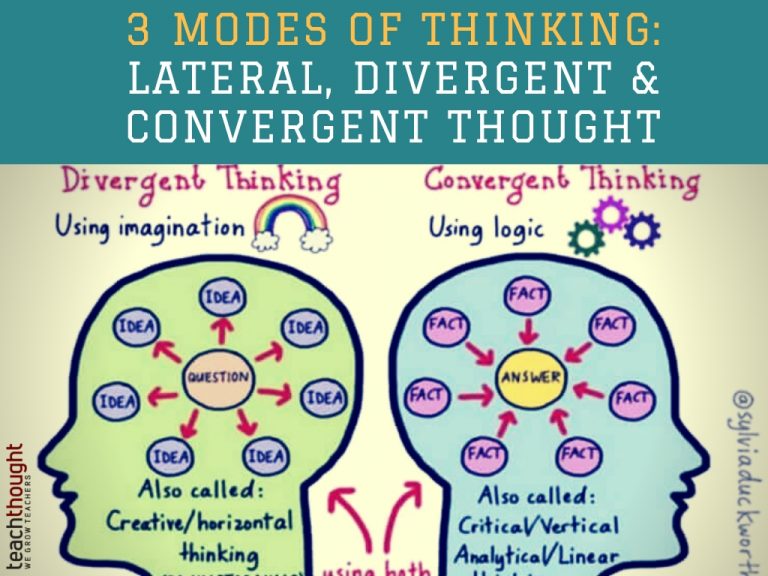
Lateral thinking solves problems via a creative approach involving ideas that may not be obtainable by using traditional step-by-step logic.

Zoom is a great platform but that doesn’t mean it can’t be extended and improved. Here are 20+ of the best Zoom tools for teachers.
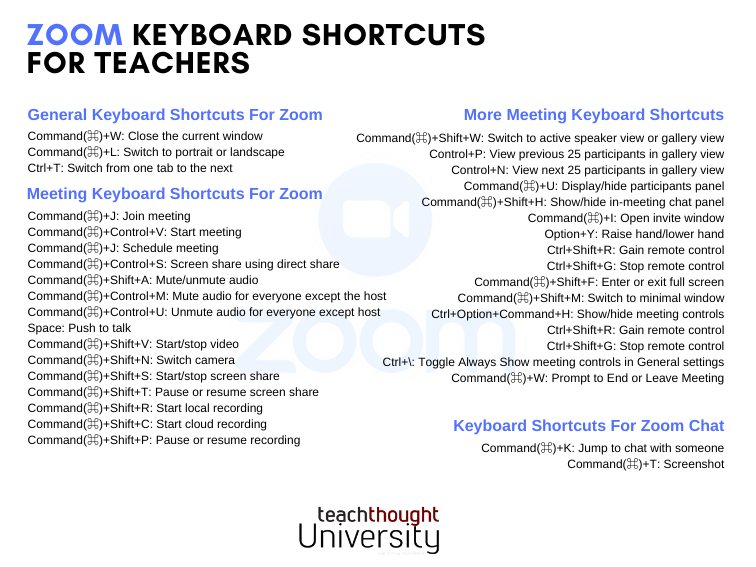
While some keyboard shortcuts for Zoom don’t seem like shortcuts at all, some of the following may actually help your teaching.
End of content
End of content